Introduction OpenTelemetry, a.k.a. OTel, is a key part of observability since it allows you to collect traces, metrics, and logs from your systems to help you understand why issues may be happening. This is crucial, especially in complex microservices and cloud-native systems, where human beings can’t track every single transaction traversing your architecture. However, it […]
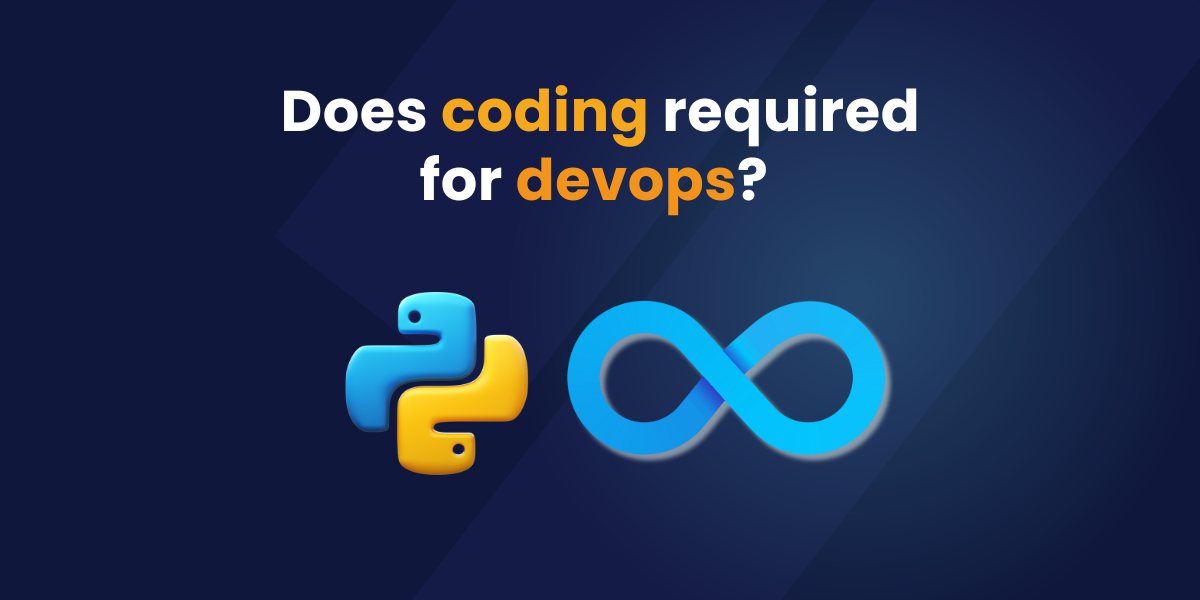
Is coding required for DevOps? Essential Coding Skills for DevOps Explained
Overview In the world of DevOps, the term “coding” can often be intimidating for those looking to enter or transition into a DevOps role. Many individuals may wonder if coding experience is necessary to become a successful DevOps engineer. In this blog post, we will explore the concept of coding in DevOps and replace the […]

OpenTelemetry and Automatic Instrumentation of a JAVA application
Introduction OpenTelemetry is an open-source observability framework that provides a standardized way to generate, collect, analyze, and export telemetry data from distributed systems. It allows developers to instrument their applications and services to collect trace data, metrics, and logs, and then export them to various backend systems for analysis. OpenTelemetry is designed to be ‘vendor-agnostic’ […]
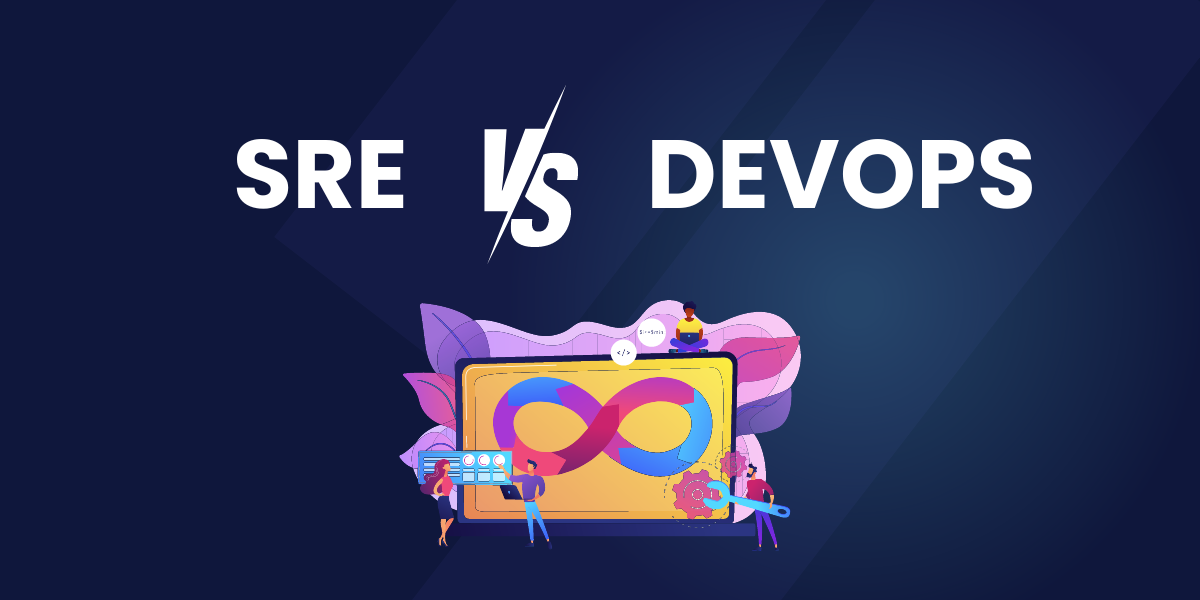
SRE VS DevOps: A Comprehensive Guide to Understanding the Differences
SRE VS DevOps: A Comprehensive Guide to Understanding the Differences Site Reliability Engineering (SRE) and DevOps (Development and Operations) are two approaches that have been essential in influencing how companies manage and provide their services in the constantly changing field of software development and IT. SRE and DevOps have different focuses and guiding concepts, yet […]
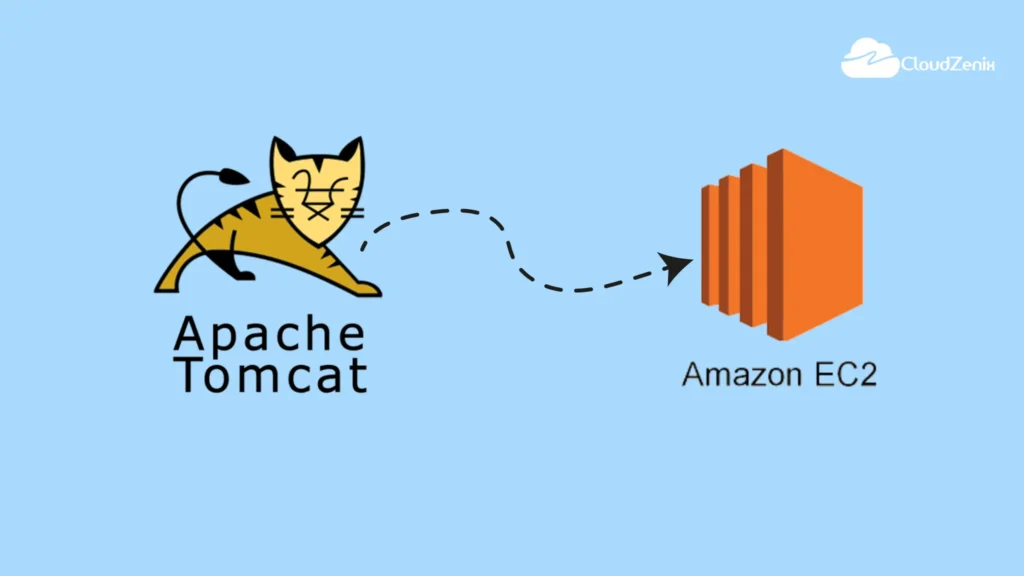
How to Install and Configure Apache Tomcat on AWS EC2
Introduction: Apache Tomcat is a popular open-source web server and servlet container that allows you to run Java-based web applications. In this blog post, we will guide you through the step-by-step process of installing and configuring Apache Tomcat on an AWS EC2 instance. Additionally, we’ll show you how to manage Tomcat using command-line tools and […]
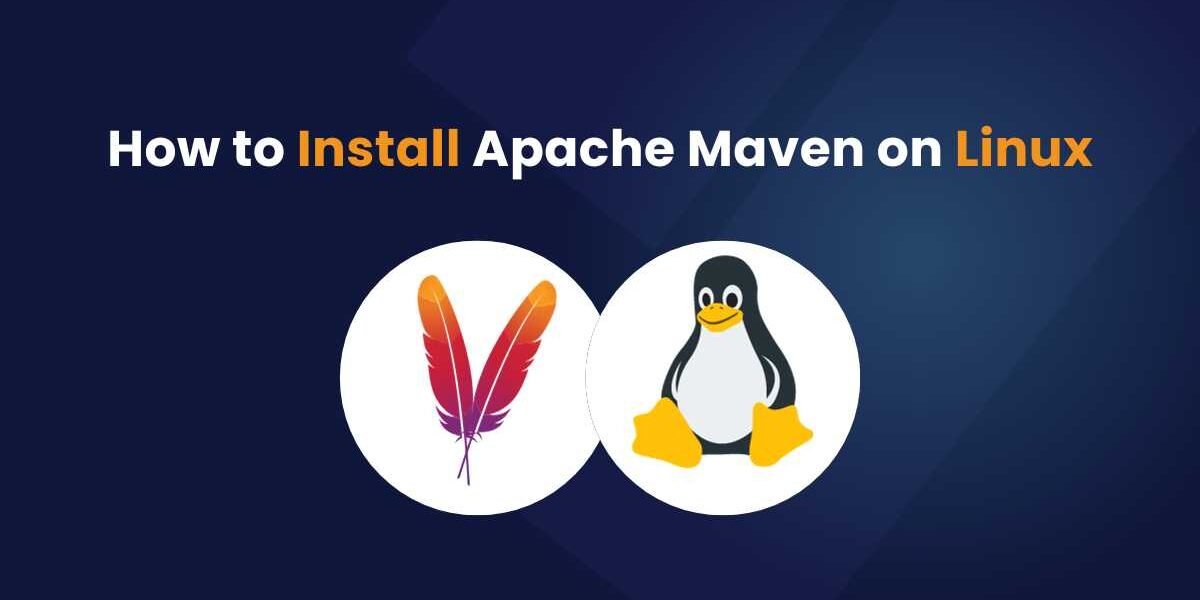
How to Install Apache Maven on Linux
Introduction: Apache Maven is a widely used build automation and dependency management tool for Java-based projects. It simplifies the process of building and managing projects by providing a structured way to define project configurations. In this blog, we will guide you through the step-by-step process of installing Apache Maven on Linux systems. Prerequisites: Before […]
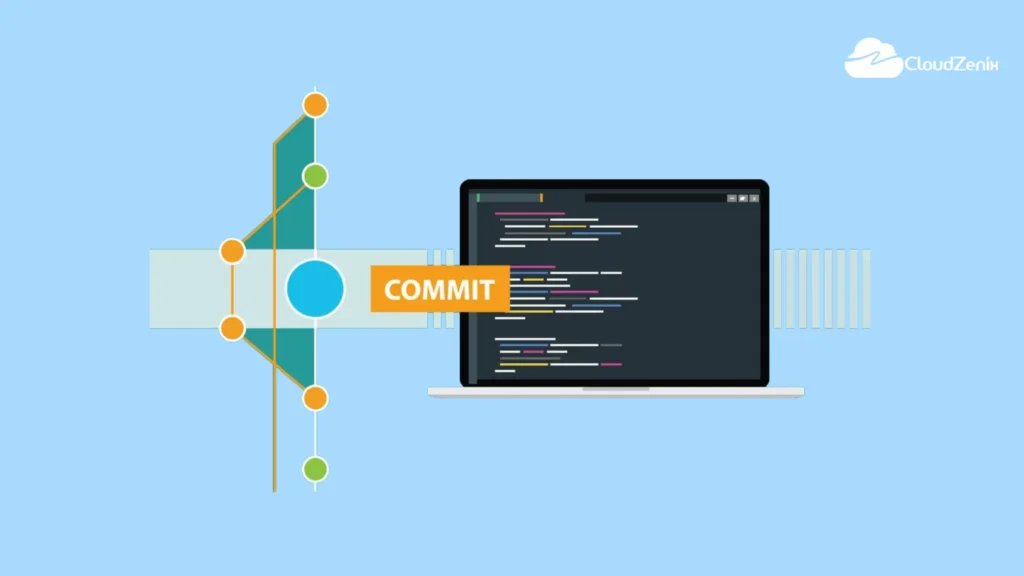
Git Installation and Configurations
Introduction: Git is a powerful version control system that allows developers to track changes to their code and collaborate with others efficiently.Whether you’re a beginner or an experienced programmer, understanding Git and its installation process is essential for successful software development.In this blog, we’ll guide you through the process of installing Git, configuring connections in […]

Jenkins Master-Slave Setup: A Step-by-Step Guide
Introduction Jenkins, an open-source automation server, is a vital tool for continuous integration and continuous delivery (CI/CD) pipelines. By setting up a Jenkins master-slave architecture, you can distribute workloads, improve efficiency, and ensure seamless automation even for complex projects. This guide will walk you through the process of setting up a Jenkins master and slave […]

How to Download, Install, and Configure Jenkins
Introduction: Jenkins is a widely used open-source automation server that allows developers to automate various aspects of their software development workflow. By installing Jenkins on an AWS EC2 instance, you can easily set up a powerful continuous integration and continuous delivery (CI/CD) pipeline for your projects.In this blog post, we will guide you through the […]
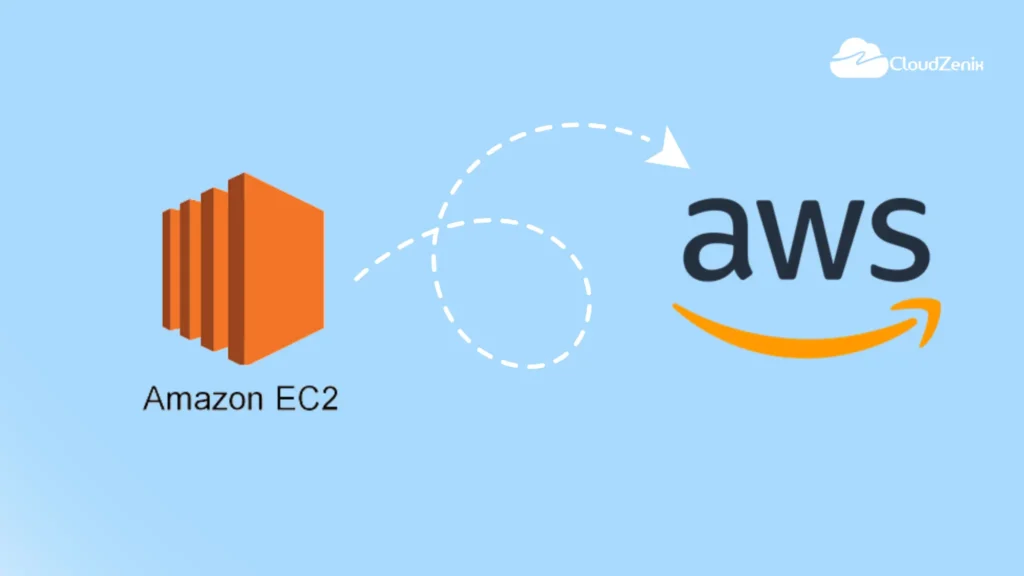
How to Create an EC2 Instance on AWS
Introduction: Amazon Elastic Compute Cloud (EC2) is a web service that provides resizable compute capacity in the cloud.It allows you to launch virtual machines, known as instances, on the AWS cloud infrastructure.In this tutorial, we will walk you through the process of creating an EC2 instance on AWS. Prerequisites: Before you start, make sure […]

